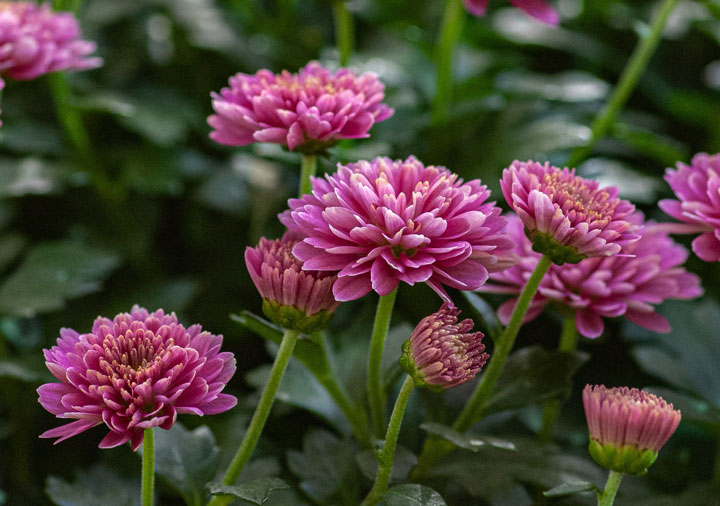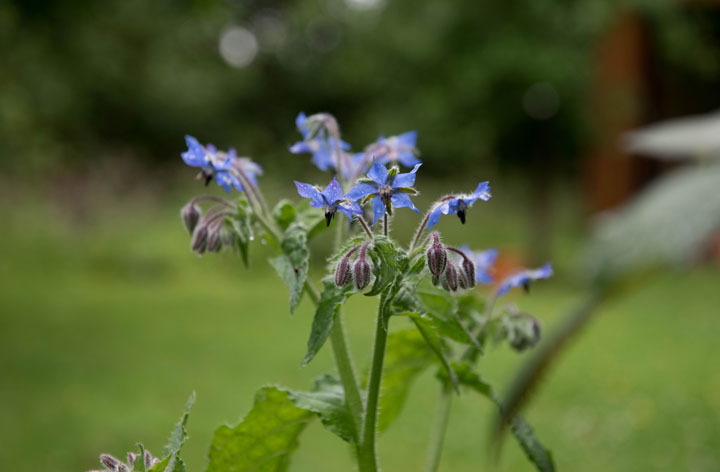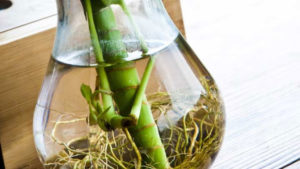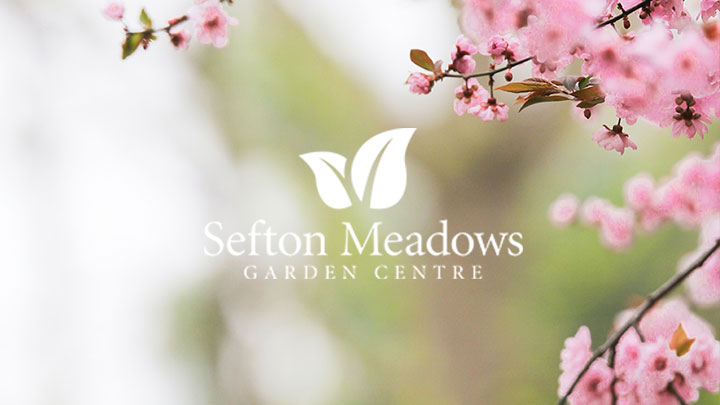When new seeds are starting to sprout, the last thing you want is an infestation of insects. Before you reach for the pesticides though, there is an alternative way to deal with nuisance creatures: Companion planting.
Companion planting is a common method used by biodynamic gardeners to naturally ward off pests while keeping your garden fresh, healthy, organic and beautiful.
By simply planting the right flowers near your prize growths you can ensure a pest free garden that, if anything, is even more vibrant and varied! These are five of the most effective plants to use to keep away pests:
Chrysanthemums

Behind their beauty is a deadly secret however. The Chrysanthemum flower produces pyrethin – a chemical that has no effect on humans, but is toxic to insects. The scent of it will keep them from coming near, so they’re ideal for planting around a flower bed or vegetable patch.
Borage

Also known as Starflower, Borage originally comes from the Mediterranean but will grow excellently in the British climate (sidenote: this writer planted some Borage seeds only 10 days ago and has already had to repot them as they exploded out of the soil like triffids).
It’s a sweet herb that can be added to salads and stir fries or used as a garnish in gin-based cocktails (sidenote: yes, this is why I’m growing it).
As well as its culinary uses and its attractive colour, Borage has medicinal properties that add trace minerals to the soil around it, aiding the growth of strawberries, legumes, spinach and tomatoes (some claim it helps tomatoes smell sweeter).
It also detracts certain moths and worms, saving other nearby plants from being eaten, and attracts helpful pollinators like bees.
Lavender

Lavender is an extremely popular plant for both its gentle colour and its fragrance. It can be processed in to an essential oil that is used in everything from perfume to baking, and its sweet scent is thought to create a relaxing, peaceful atmosphere. Not all creatures are entranced by its aroma though.
Lavender repels midges, ticks, fleas and moths from your garden and has even been known to keep away mice. On the other hand it will attract butterflies and other nectar eating insects which are beneficial for pollination.
Clover

Clovers bring more than just good luck, they keep aphids away from your plants and enrich the soil they grow in.
Clover brings in nitrogen from the atmosphere and releases it through its roots. This nitrogen is spread throughout the soil and is absorbed by the roots of neighbouring plants, helping them to grow stronger.
Marigolds

With their sunset hue, Marigolds are a bright and beautiful addition to a garden. Their large flower heads are ideal for displays and bouquets. There are many varieties and not all are scented.
For these purposes though you need the earthy aroma they give off as it can be quite effective at keeping away beetles and small flies. They’re particularly useful around tomato plants, repelling pests that like to feast on newly grown fruits.


